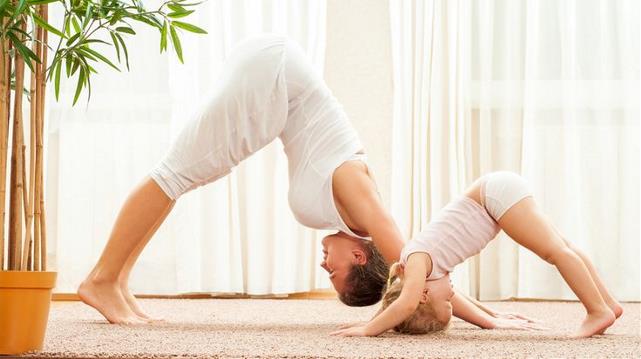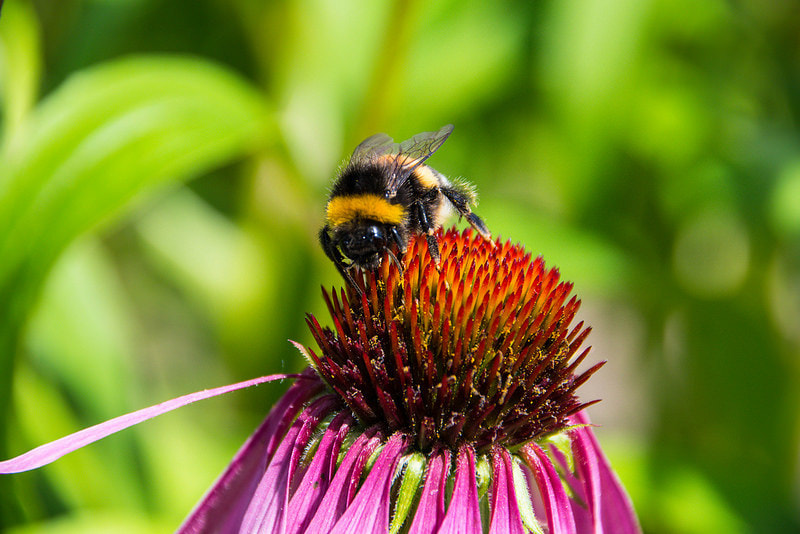|
I regularly encourage clients to develop a "self-care" plan as a way to manage the challenges and difficulties that life regularly presents to each of us. Self-care can be anything that provides a sense of ease and comfort, and varies depending on each individual. Sometimes we identify things like exercise, meditation, joining social groups, reading, watching movies, aromatherapy, hiking. Because my personal and professional experience tells me that yoga is an effective tool for self-care, I often encourage clients to try it and sometimes I teach them yoga during our sessions. Likewise, I often hear clients say that they find a sense of peace in the outdoors, I encourage them to go to natural places as regularly as possible, as much as our urban environment here in Dallas allows. This past week, I came across two articles about these very things. YogaThis article in Medical News Today outlines three new research findings that support the use of yoga as a supplement to treatment for depression. They each followed patients who scored high on depressive symptoms prior to starting a yoga program (Bikram in one study and Hatha in the other two studies) and found significant symptom reduction at the end of the program. In one of the studies, symptom reduction lasted for at least four months after the end of the program. These study results are no surprise for those who have personal experience with the mental benefits of a regular yoga practice. We are learning more and more that empirical research findings support it as well. Visit this page to learn about yoga and therapy together at Flourish. Getting OutsideThe Japanese call it taking a "nature bath", referring to the practice of fully immersing oneself in the sights, sounds, smells and textures of natural places. What a wonderful way to describe the common feeling of peace that many of us experience when hiking, camping, swimming, and discovering beauty in nature. This article in Time magazine outlines how connecting to "green space" can improve mood and wellbeing for many of us. It highlights that the quality of greenspace is more important than quantity. For instance, cleanliness, accessibility, and the ease of connecting to others are more important factors than the size of the greenspace. So for those of us that live in urban environments, local parks, walking trails, and tree lined neighborhoods are resources to our mental health. So... if you're finding your mental health challenged today, if you're feeling down or anxious or stressed or angry... break out that yoga mat and do some downward facing dogs and sun salutations. Take a walk to your local park and circle it a few times. Take some deep breaths of the soft breeze. Watch the birds, and listen to them. Feel your heart beating as you move and know that you are giving yourself a wonderful gift!
|
AuthorKambria Kennedy-Dominguez, LPC-S |
Phone: 972.755.9120 | Fax: 214.723.5345
533 W. 12th Street Dallas, TX 75208
Privacy Policy Good Faith Estimate
©Flourish Counseling and Consultation PLLC 2024
533 W. 12th Street Dallas, TX 75208
Privacy Policy Good Faith Estimate
©Flourish Counseling and Consultation PLLC 2024



 RSS Feed
RSS Feed
